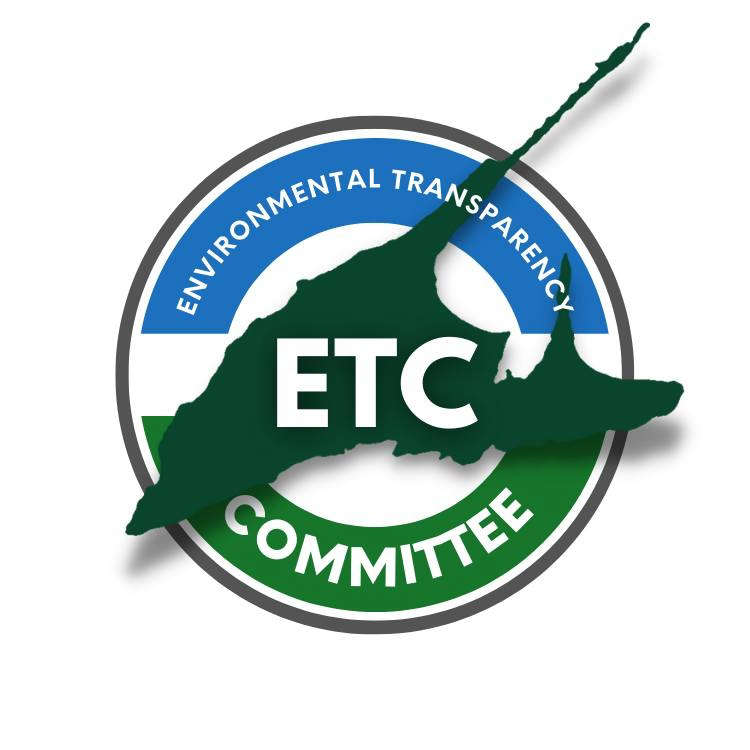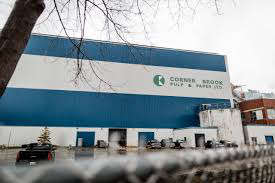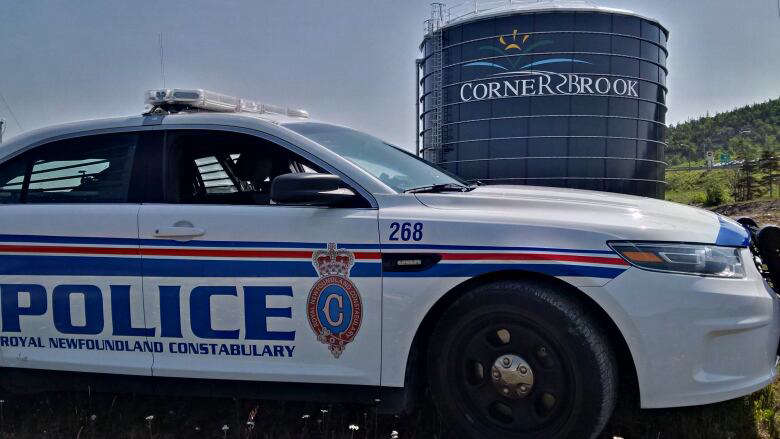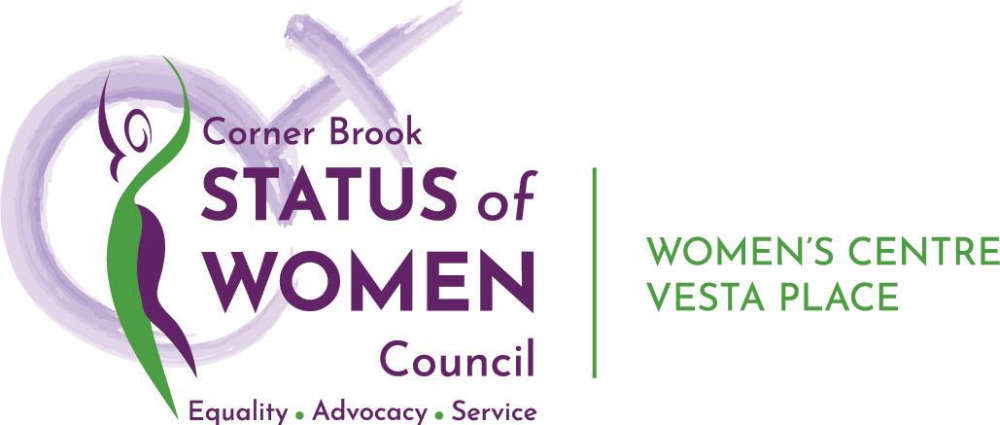
“One big concern is the 12 million pounds of explosives they plan to use on the southwest coast,” says Marilyn Rowe, chair of the local district of Sheaves Cove. “We have a fragile area with weekly blasting now from another company which is delicate with land slides and rock slides, but the most important concern is the fishery.”
The Environmental Transparency Committee (ETC), as well as, Indigenous water and land defenders of the Codroy Valley, FFAW & Allies held a rally in St. John’s on Friday. Marilyn Rowe is one of the co-administrators and chair of the local service district of Sheaves Cove. She says about 50 people showed up and they were able to get details of the World Energy GH2’s Nujio’qonik Wind and Ammonia plans for the southwest coast.
“One big concern is the 12 million pounds of explosives they plan to use on the southwest coast,” she says. “We have a fragile area with weekly blasting now from another company which is delicate with land slides and rock slides, but the most important concern is the fishery.”
Rowe says any water coming from the mountains ends up in the ocean. “World Energy GH2 has not consulted with fishers or the FFAW, and that is very concerning,” she says. “This project is new, a new industry, a new company and I don’t think government is able to handle such a huge undertaking because we have no benchmarks since it has never been done.
Rowe says she’s hearing the Environment Minister will make an announcement tomorrow concerning the Environmental Impact Assessment and whether or not the project can go ahead.
“We are calling on the Minister to appoint a Public Environmental Assessment Board that will be directly impacted by this proposal, with the process,” she says. “Also, that we have access to independent experts to determine the cumulative effects of such a large scale undertaking.
Rowe says Codroy Valley was late getting on board because they didn’t even know the project existed until this past May from a Facebook post. She says they conducted a poll in the fall of last year and 84 percent of the communities were against it.

 RCMP encourage everyone to put safety first during the holidays
RCMP encourage everyone to put safety first during the holidays
 Applications are open for the Multiculturalism Grant Program, up to $1500 available for qualifiers
Applications are open for the Multiculturalism Grant Program, up to $1500 available for qualifiers
 Baseball is a 12-month sport in Corner Brook, next session for Barons Academy to start January 5th
Baseball is a 12-month sport in Corner Brook, next session for Barons Academy to start January 5th
 New agreement means NL Hydro can buy power from Corner Brook Pulp and Paper at reduced rate
New agreement means NL Hydro can buy power from Corner Brook Pulp and Paper at reduced rate
 Two drivers picked up in Corner Brook this past weekend for impaired driving
Two drivers picked up in Corner Brook this past weekend for impaired driving










